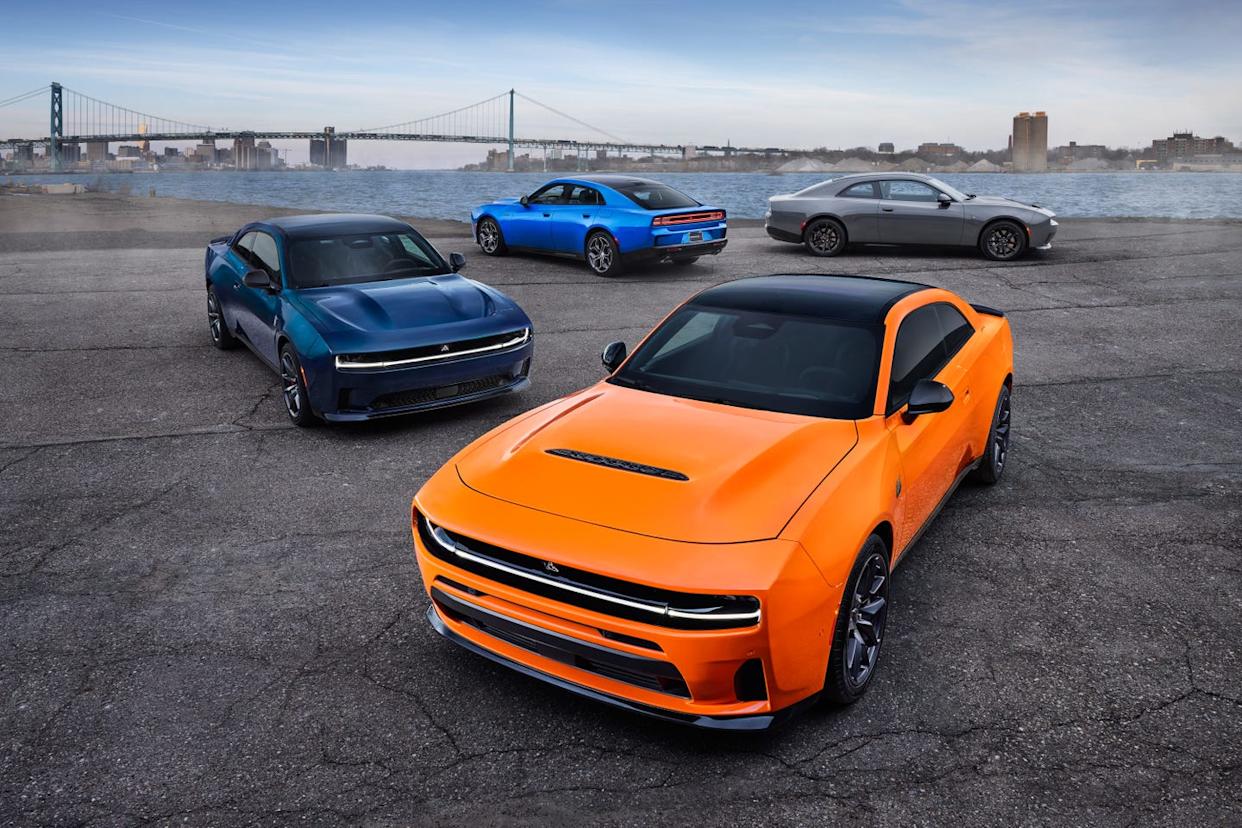
The Dodge Charger SixPack will be available with standard-output and high-output 3.0-liter turbocharged inline six-cylinder engines.
The standard output Charger SixPack will make 420 hp inside the Charger R/T and start at 51,990.
The high-output, 550-hp Charger SixPack finds a home in the Charger Scat Pack, which starts at $56,990.
After more than a year of electric-only power for the Charger, Dodge is finally rolling out its internal-combustion models.
Slated for the 2026 model year, the Dodge Charger R/T and Dodge Charger Scat Pack will be powered by two versions of the 3.0-liter turbocharged I6, which revives the SixPack name from the Dodge archives.
Entry-Level Charger
The entry-point to the internal-combustion Charger, dubbed the Charger R/T, uses the less potent version of the 3.0-liter turbocharged I6.
In R/T guise, this six-cylinder sends 420 hp and 468 lb-ft of torque through an eight-speed automatic transmission.
From there, power travels through a standard all-wheel-drive system. There’s also a front axle disconnect, if you don’t want to send any of that oomph to the front wheels.
While 420 hp might not sound like much in the pantheon of Dodge Chargers, this does boast more power than the 5.7-liter-powered Charger from the previous generation. That Charger shoved 370 hp through an eight-speed automatic.
Scat Pack
Moving up the ranks, the Dodge Charger Scat Pack rejoins the internal-combustion battle with the same basic 3.0-liter turbo I6 as the R/T. In Scat Pack guise, this Hurricane I6 makes 550 hp and 531 lb-ft of torque. The bump in performance is thanks to 30 psi of air stuffed into the combustion chambers, thanks to a pair of 54-mm Garrett turbochargers.
Just like what we’ve seen with the high-output Hurricane in the Ram trucks, the 3.0-liter in the Charger Scat Pack reads like an engine builder’s dream. A forged steel crankshaft is controlled by a set of steel, cross-bolted main caps and spins forged steel connecting rods.
Attached to those connecting rods is a set of forged aluminum pistons that are cooled with oil jets. The cast aluminum block features a structural aluminum oil pan and cylinders that feature plasma transfer wire arc coatings.

The standard output version of this engine sports a set of cast aluminum pistons but features a higher static compression ratio of 10.4:1 compared to the high-output’s 9.5:1. With the higher static compression ratio, it’s no surprise that Stellantis engineers dropped the boost on the standard output engine to only 22 psi.
The more potent engine still runs through an eight-speed automatic and the standard all-wheel-drive system. And, just like the R/T, you can disconnect the front axle.
Design Shared With Charger Daytona EV
Now, these SixPack-powered Chargers get the same basic design philosophy as the battery-electric Charger Daytona.
That means the interior is nearly identical to the Charger Daytona, which would be a welcome upgrade for folks moving out of the previous-generation ICE-powered Charger. This ’26 Charger interior sports a 12.3-inch touchscreen center display media controller, which is flanked by a 10.25-inch digital instrument cluster.
Like the BEV Charger, these Charger SixPack models also sport a rear hatch. This liftback-style body means there is plenty of space in the rear cargo hold: 37.4 cubic feet of storage with the rear passenger seats folded flat, according to Dodge.

Underneath these internal-combustion Chargers, you’ll find a multi-link suspension managing the front wheels with a four-link independent suspension at the rear.
A set of six-piston Brembo calipers clamp down on 14.96-inch front rotors on the Charger Scat Pack models.
The most important part of this whole equation is probably the price. Dodge says the SixPack-powered Charger R/T will start at $51,990, which includes the $1,995 destination and delivery fee.
If you want the extra power from the Scat Pack, you’ll have to scrounge up $56,990.
Dodge says these will start arriving at dealers in the second half of 2025, but order books will officially open on August 13, if you want to get a jump start.
Do you think a turbocharged I6 Charger is enough to sway back the Mopar muscle fans? Tell us your thoughts below.


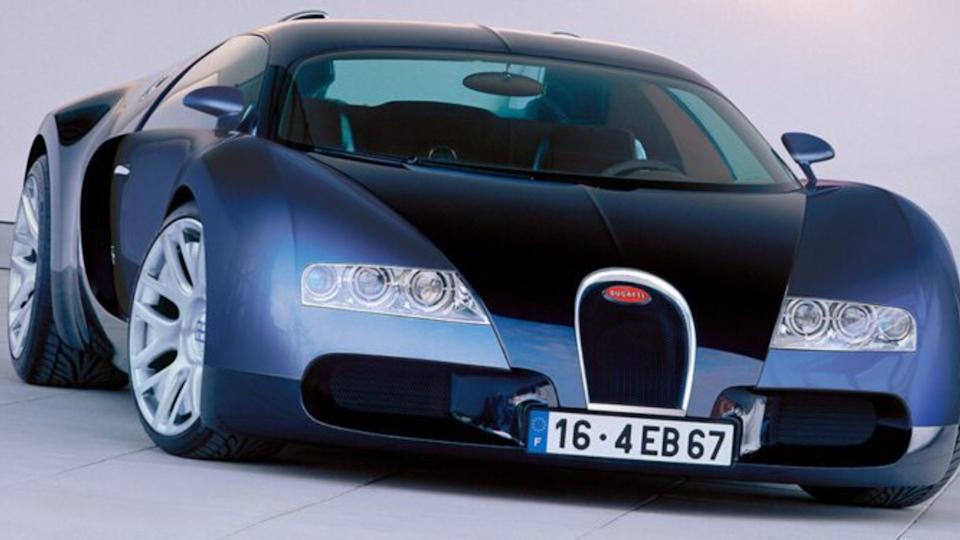
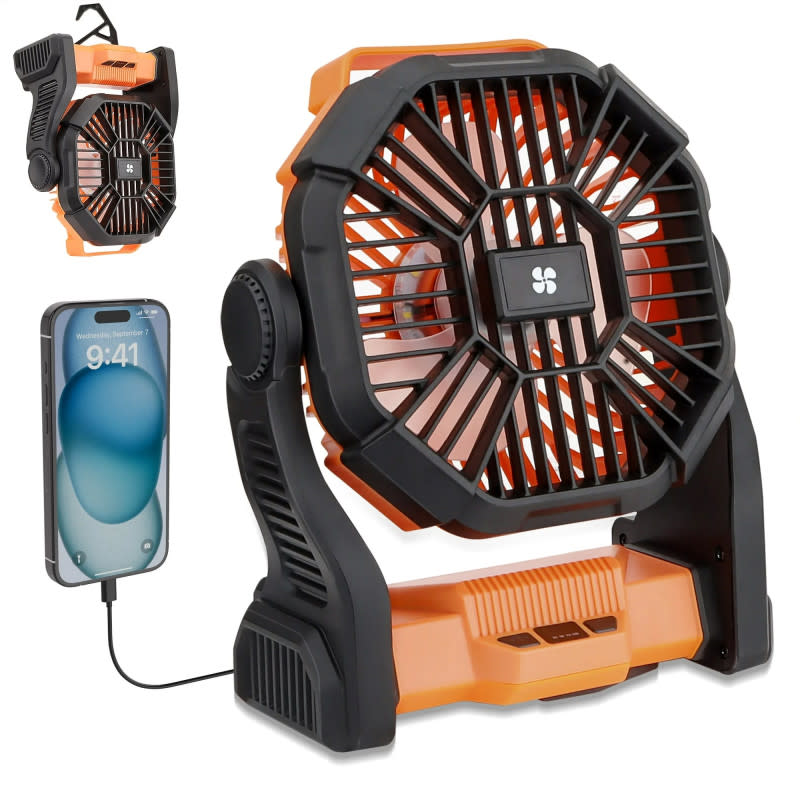
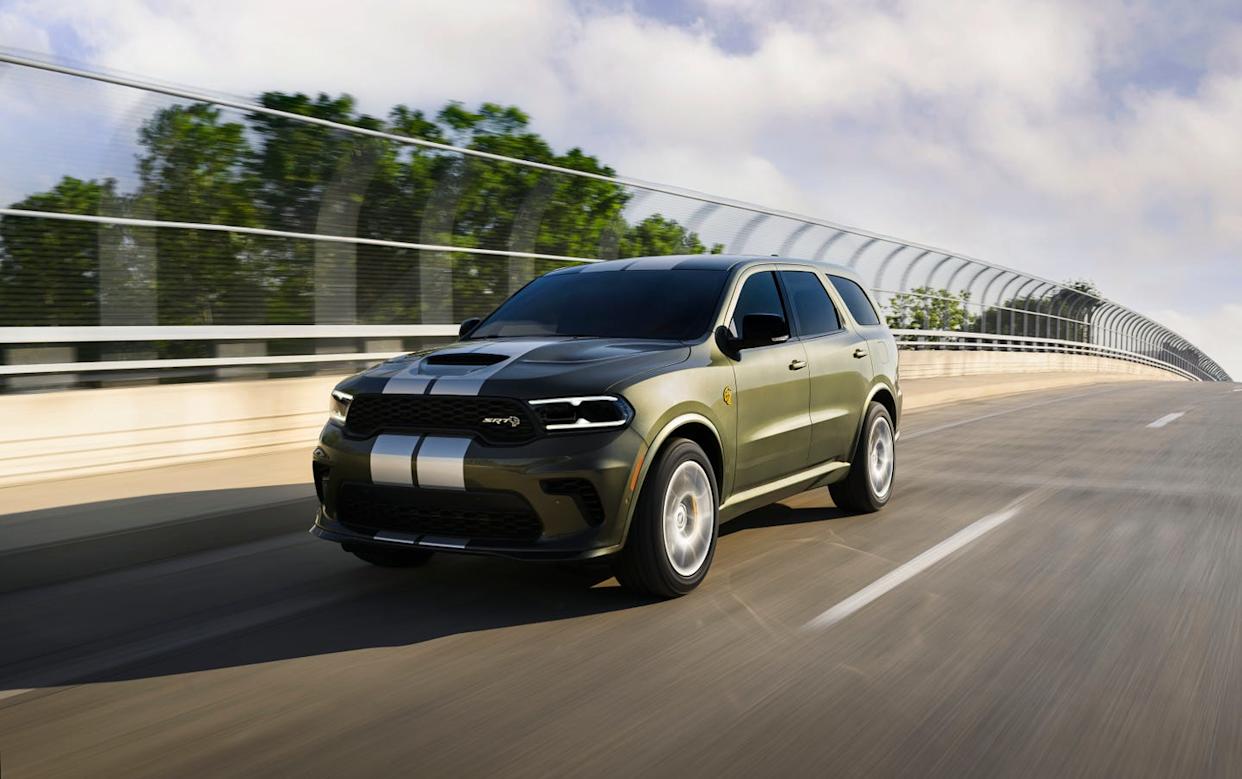
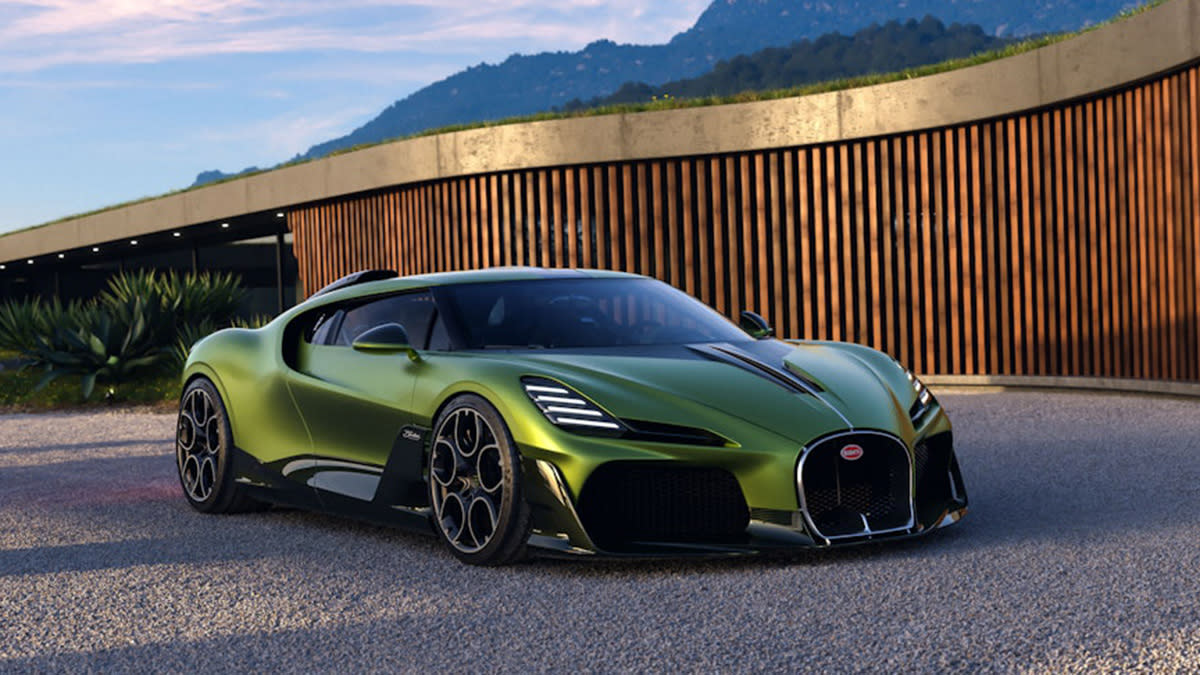
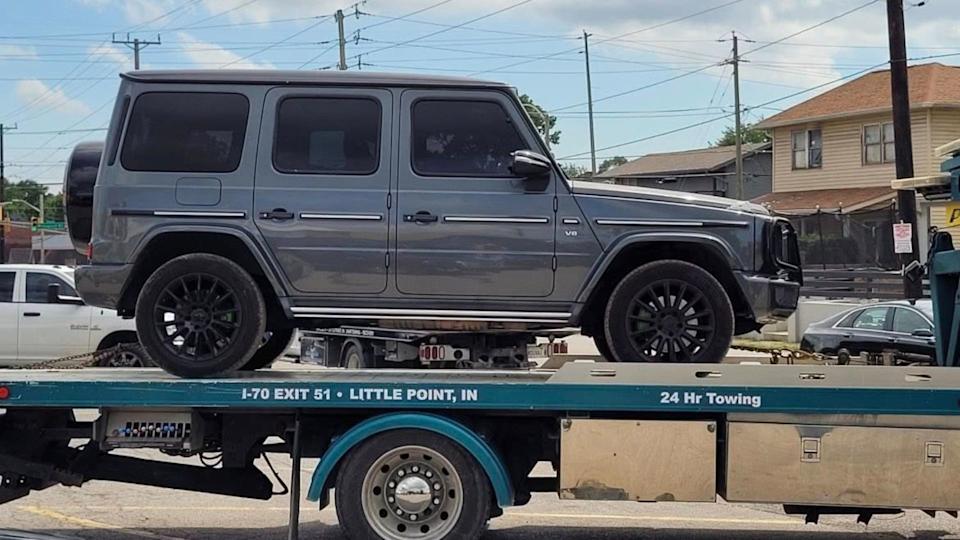
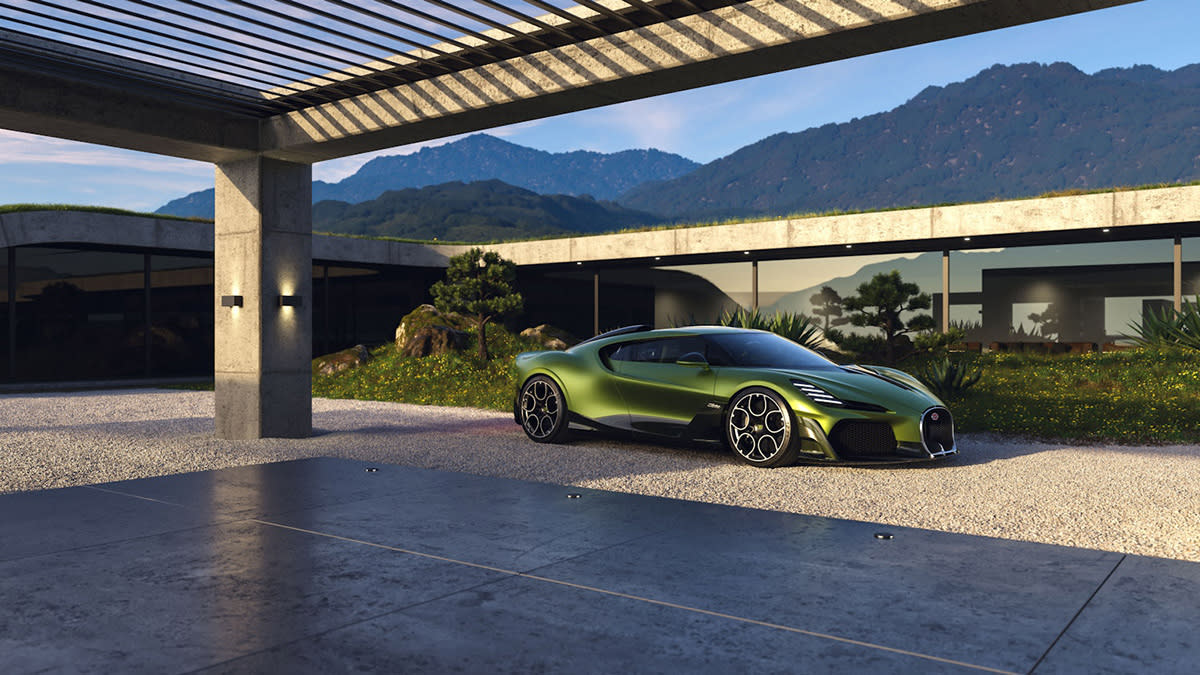
Comments